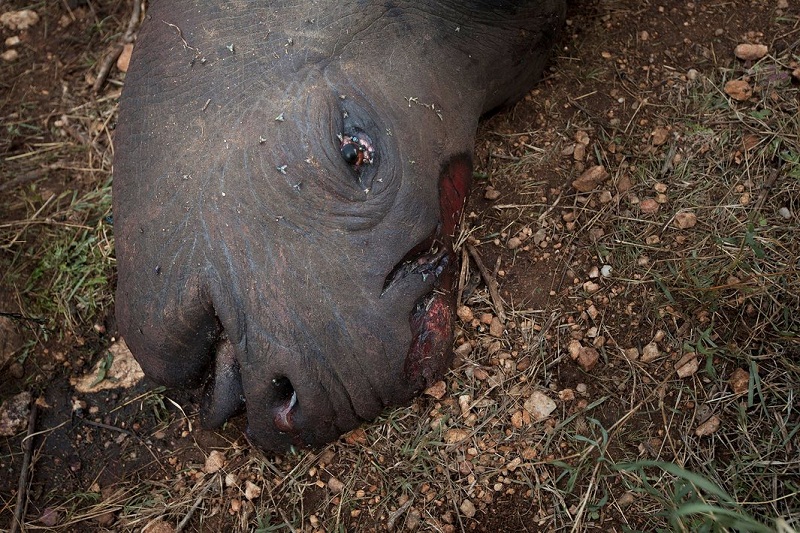High price of rhino horn leaves bloody trail across the globe

The recent killing of a rhino in a Paris zoo marks a shocking new development in this ruthless global trade but rhino experts remain optimistic that the situation can be reversed. On the black market it is reputedly worth more than its weight in gold or cocaine, and this week the lure of rhino horn brought the bloody business of poaching to a zoo near Paris. There, in the dead of night, criminals broke in, shot a white rhino called Vince three times in the head and then hacked off its eight-inch horn with a chainsaw. The attack marks a shocking new development in a crisis that sees more than three rhinos killed every day in their southern African homelands. Trade in rhino horn is completely illegal but demand from Vietnam and China fuels poaching and smuggling, putting the rhinos at risk of extinction. Rhino horn is made of keratin – the same material as human fingernails – but an urban myth about a senior Vietnamese figure being cured of cancer pushed up demand in recent years and as its price rose, it has become a status symbol and hangover tonic. Longer-standing uses such as a supposed fever treatment in traditional Chinese medicine and as ornamental carvings have also driven up prices. With the prices high and, until recently, the penalties very low, international organised crime networks mobilised to supply the illegal trade – wildlife trafficking is a multi-billion dollar enterprise only surpassed by the smuggling of drugs, arms and people. The zoo raid, and thefts from museums across Europe in recent years, reveal how the criminals have been keeping ahead of authorities. “The criminal networks involved have shown themselves to be far more innovative and utterly ruthless,” said Julian Rademeyer, an expert on rhino horn at Traffic, the leading wildlife trade monitoring organisation. “They are often outthinking law enforcement and government regulations, finding new loopholes to exploit.” The criminals have even shown a brazen marketing flair: the idea that powdered rhino horn is an aphrodisiac began as a western myth, said Rademeyer, but the syndicates latched on to it and now sell wine laced with rhino horn as aphrodisiacs in Vietnam. Rademeyer and all the key wildlife trade groups decline to detail the current price of rhino horn, for fear of encouraging more crime. But it is public knowledge that the horn peaked in price at about $65,000 a kilogram in 2012. It is thought to have fallen significantly since then, though it remains many times more valuable than elephant ivory. There has been a crackdown on poaching in South Africa, home to about 70% of all rhinos, but killings have spiked in Namibia and Zimbabwe as poachers seek easier targets. “There have been warnings for the last four to five years that zoos need to tighten up security,” Rademeyer said. Police are visiting every zoo and wildlife park in the UK that houses rhinos – 111 in total – to provide security advice.

